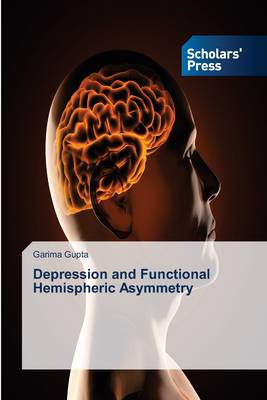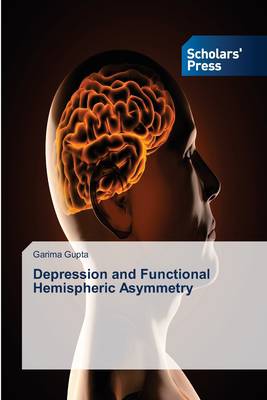
- Afhalen na 1 uur in een winkel met voorraad
- Gratis thuislevering in België vanaf € 30
- Ruim aanbod met 7 miljoen producten
- Afhalen na 1 uur in een winkel met voorraad
- Gratis thuislevering in België vanaf € 30
- Ruim aanbod met 7 miljoen producten
Zoeken
€ 93,95
+ 187 punten
Omschrijving
The present study uncovers the disturbed functional hemispheric organization in depression and examines the nature of functional hemispheric asymmetry in depression while paying due attention to the methodological issues reported in the earlier researches, such as clinical heterogeneity of depression, co-morbidity of anxiety with depression, observed negative affect associated with depression and variations in the methods for assessing hemispheric asymmetry. For this purpose, sub-clinical depressed and age gender matched non-depressed were assessed on perceptual asymmetry measures. The findings revealed that enhanced right hemispheric advantage is associated with depression, particularly in processing of emotional information but not for non-emotional visuo-spatial configuration. Anxiety plays least effect in observed pattern of hemispheric asymmetry in depression whereas, negative affect has a substantial effect on it. Hence, the study not only helps to appreciate the neuropsychological mechanisms underlying depression but also have important implications for its diagnostic assessment.
Specificaties
Betrokkenen
- Auteur(s):
- Uitgeverij:
Inhoud
- Aantal bladzijden:
- 276
- Taal:
- Engels
Eigenschappen
- Productcode (EAN):
- 9783639519846
- Verschijningsdatum:
- 16/07/2014
- Uitvoering:
- Paperback
- Formaat:
- Trade paperback (VS)
- Afmetingen:
- 152 mm x 229 mm
- Gewicht:
- 408 g

Alleen bij Standaard Boekhandel
+ 187 punten op je klantenkaart van Standaard Boekhandel
Beoordelingen
We publiceren alleen reviews die voldoen aan de voorwaarden voor reviews. Bekijk onze voorwaarden voor reviews.











